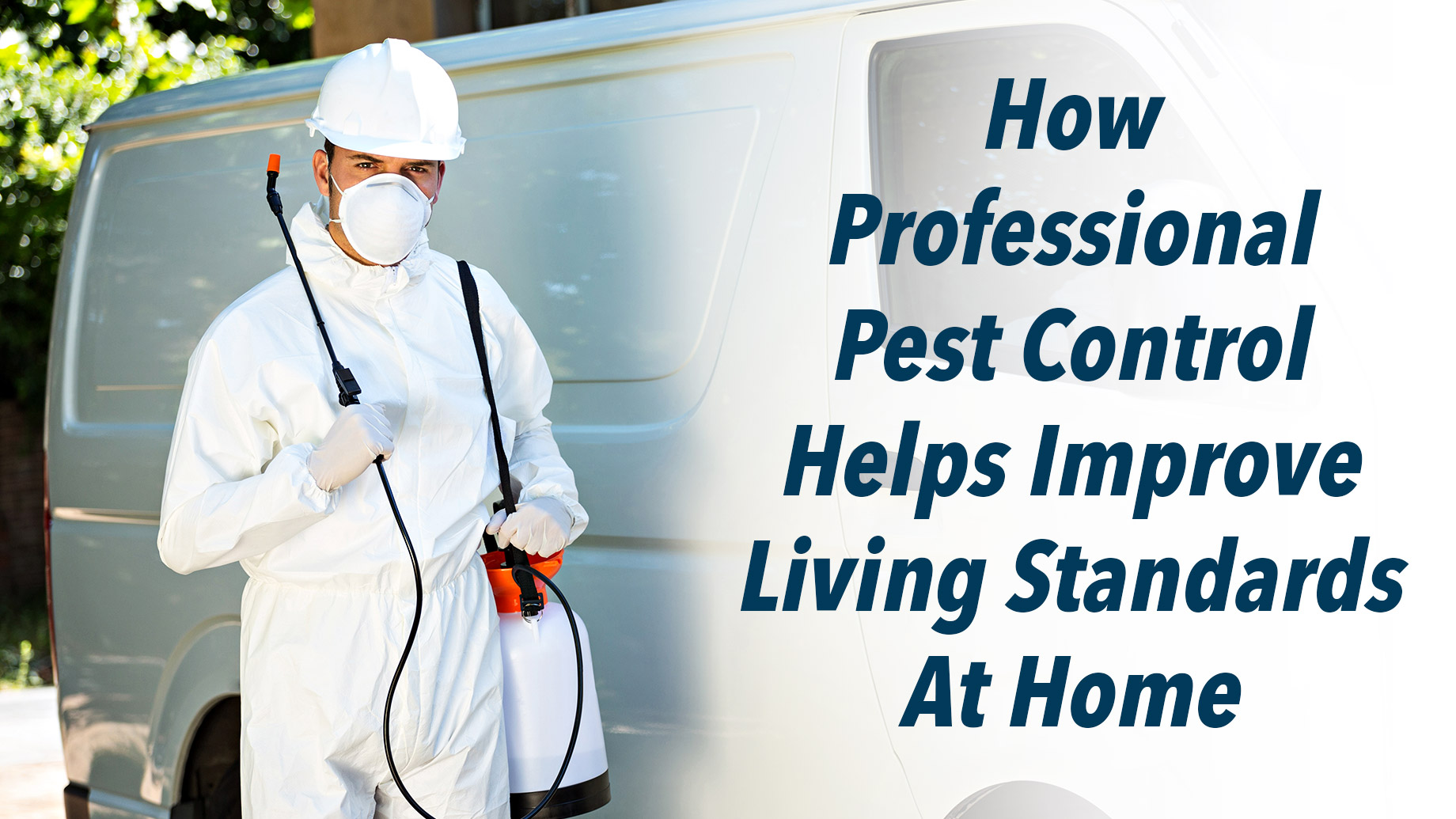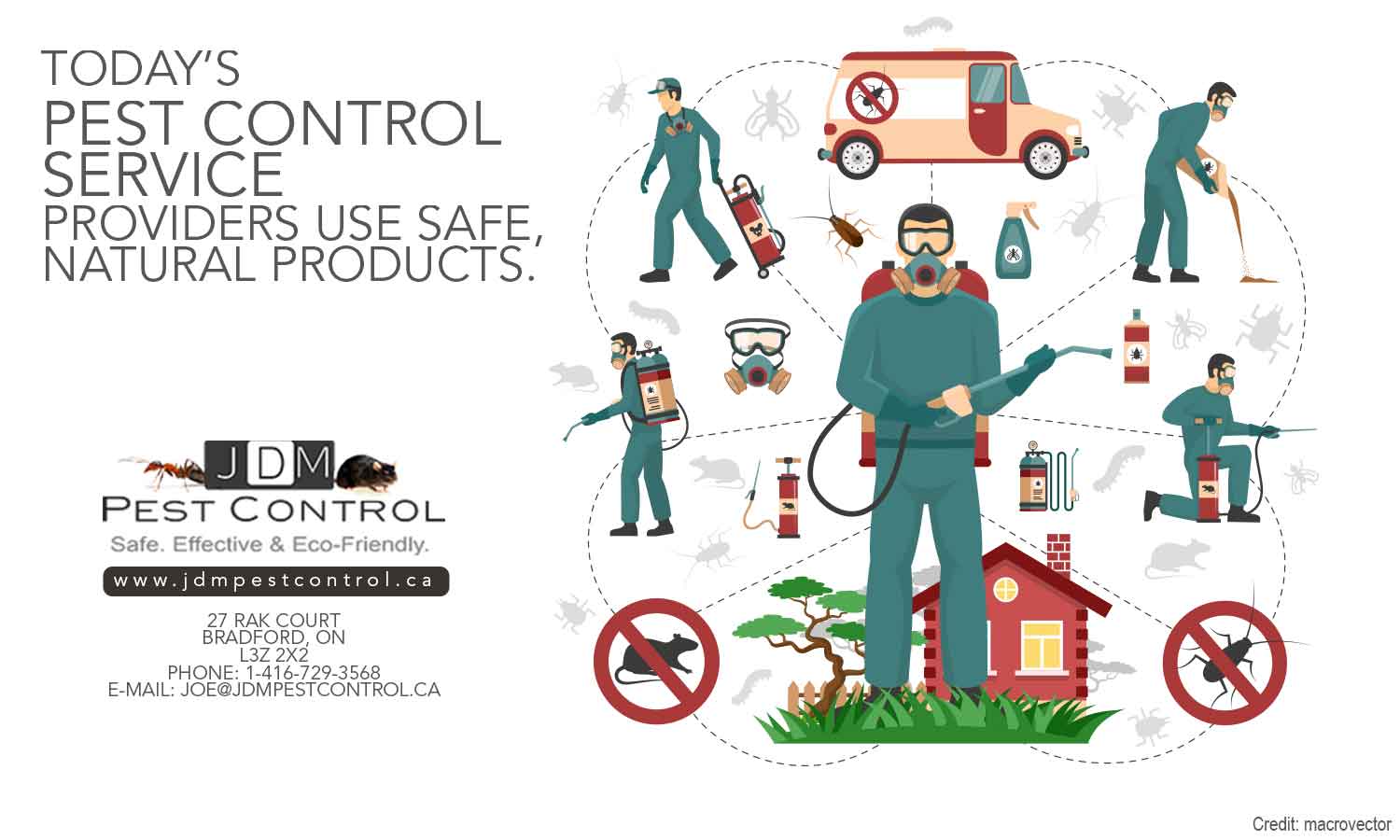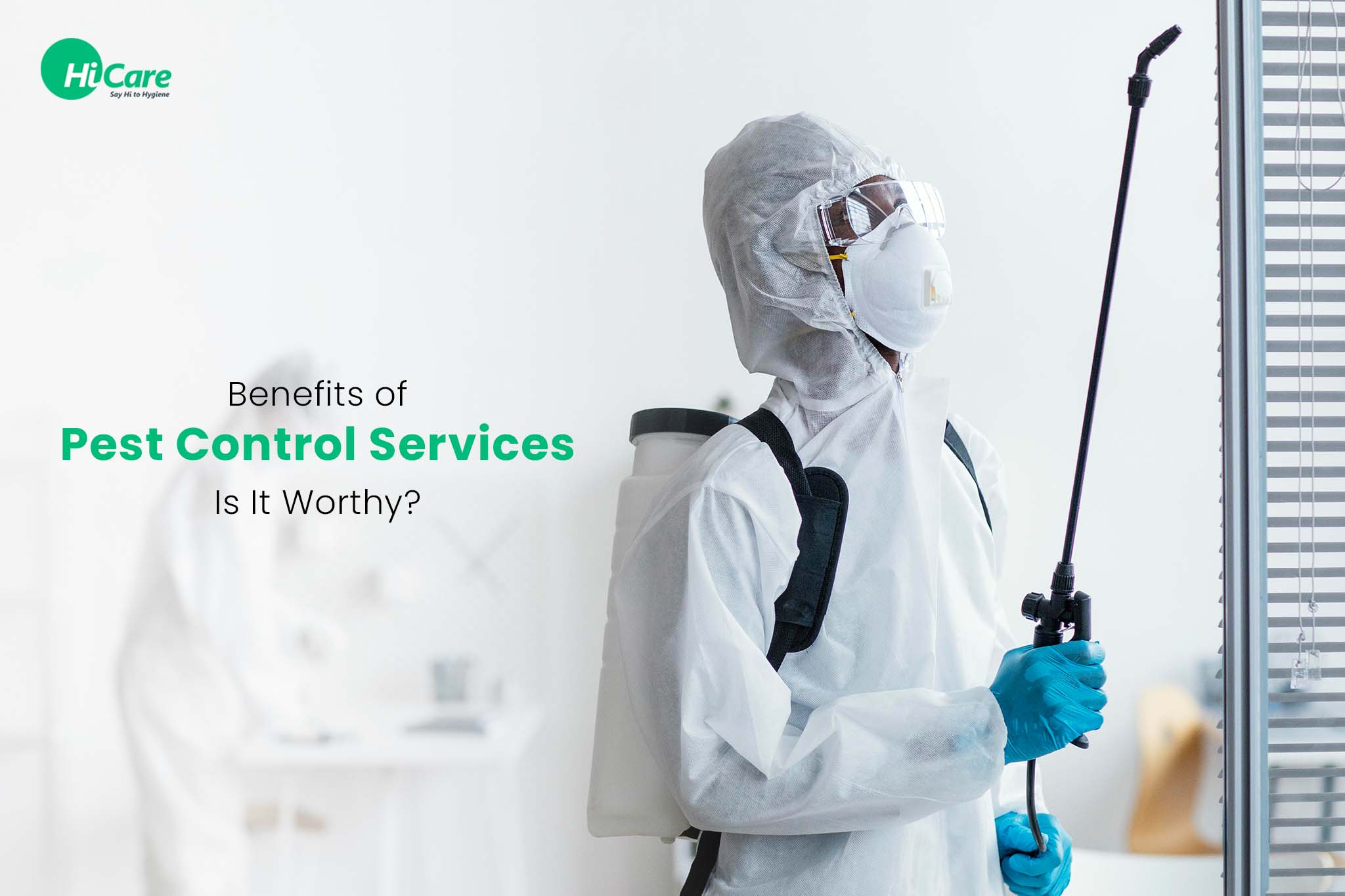4 Simple Techniques For Pest Control
Table of ContentsLittle Known Questions About Pest Control.The Ultimate Guide To Pest ControlMore About Pest Control

When employing humane bug control, organizations should comply with the complying with concepts: The desired advantages and negative aspects should be made clear. It must only get executed if its objectives can be met. The approaches that are most effective in accomplishing the goals of the pest control program need to be used.
Humane bug control is a technique to taking care of bugs that emphasizes non-lethal methods to regulate and avoid problems - Pest Control. A number of techniques can be used in humane bug control, consisting of exemption, habitat adjustment, catches, and repellents. Exclusion is a technique used to protect against bugs from going into a home or structure by sealing all possible entrance points
Exclusion is a critical strategy in gentle pest control because it avoids the demand for lethal bug control methods by keeping parasites out to begin with. Habitat modification is an additional method utilized in humane parasite control. That includes making changes to the environment to make it much less hospitable to parasites.
Pest Control Fundamentals Explained

These traps best site are baited with food or scents and capture bugs safely and humanely. Repellents are an additional strategy used in humane pest control.
Conduct a comprehensive examination of your client's property, looking for indicators of insects such as droppings, damage to structures, and discoveries of real-time parasites. Once they are identified, a gentle pest control plan can be created. Integrated Parasite Management (IPM) is an approach to pest monitoring that highlights several techniques to manage and avoid pest infestations.

These benefits consist of ecological advantages, possible expense savings for customers over the long-term, and better reputation management for bug control organizations that utilize gentle methods. Among the primary benefits of humane parasite control is its positive ecological effect. Conventional parasite control techniques usually count on hazardous chemicals that can helpful resources damage the atmosphere and human wellness.
Indicators on Pest Control You Should Know

It can include up to significant costs over time. Humane pest control, on the other hand, highlights avoidance and recurring surveillance to keep a pest-free environment.
Below are some of the most usual concerns and responses regarding making insect control humane. Yes, gentle insect control can be highly reliable when implemented correctly. By attending to the origin triggers of parasite infestations and taking aggressive measures to avoid future infestations, humane pest control can control pest populaces without relying upon dangerous pesticides.
However, over the long term, humane pest control can be much more economical than traditional techniques as it emphasizes avoidance and continuous tracking to maintain a pest-free environment. Yes, humane bug control techniques can be utilized for a variety of insects, consisting of rodents, insects, and wild animals. Nonetheless, the certain approaches for wildlife removal might vary relying on the this article kind of bug and the level of the invasion - Pest Control.